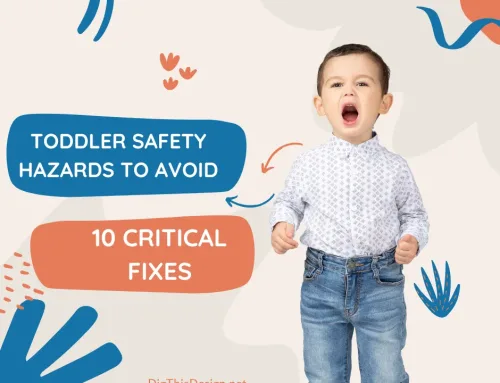The stress of moving might be due to the anticipation of new opportunities, and challenges. However, timely preparation and the right mindset make it easier for everyone in the family. You must organize the move properly, take care of yourself in difficult moments, and adjust to the new place of residence. Of course, dealing with stress is not always easy, but moving is always a new and exciting chapter in your life. If you have a move in your future, you are invited to continue reading to learn some great tips for coping the the stress of moving.
How to Cope with the Stress of Moving

1. How to organize a move in 6 steps.
Moving is a great way to get rid of things you no longer need. This action will relieve stress and make moving easier because you’ll need to move fewer things. Also, go through all your stuff and divide it into four categories: sell, give away, throw away, and keep. Some items can be sold online and less valuable items can be given to a thrift store.
Pack according to a clear plan. It is important to have a clear idea of what you are packing and why. A plan will make unpacking easier, you save the stress in your new place.
Start stacking boxes a few weeks before you move so that you can get everything done in time. Interestingly, you can get these boxes at retail stores or buy special packing materials at stores with moving supplies.
2. Make a list of tasks to complete before you move.
Putting things together isn’t everything. You must also coordinate moving out of your old home and into your new home. In some cases, you must to turn off utilities in your old home and turn them on at the new location.
Make a list in descending order of importance. Any tasks that require a monetary outlay or are done on specific dates should be at the top of the list.
Also, clarify check-out and check-in dates. Sometimes you need to pay double the rent for a few days or weeks, but it will save you a lot of headaches.
3. Delegate things to others.
If you have a family, assign specific tasks to each family member. Young children may not be able to pack their own things, but they can do minor cleaning tasks.
In addition, even if you don’t have family, you can ask friends or a relocation company in Raleigh for help. A few pairs of hands are able to organize the move and put things together easier and faster.
4. Take advantage of paid services.
Depending on the number of items and the distance of the move, you may need to use the best moving companies.
5. Consider your emotional needs.
Even in the case of positive reasons for moving there may be feelings of sadness and anxiety. Possible difficulties in moving should not be underestimated but taken into account in the preparation phase.
Even if moving offers bright prospects, change is often difficult. Allow yourself a little sadness, then switch to new challenges.
If the move is caused by a difficult change in your life, you’ll find it helpful to focus on business. In such a situation, stress levels increase, so focusing on current affairs will help you take your mind off sad thoughts. In doing so, you don’t need to silence the emotions that arise. Instead, you must feel them and work through them.
6. Expert advice.
When emotions are overwhelming, try to focus on something else.
“When stress levels are too high, dealing with the situation effectively is unlikely. At times like these, you need something to help calm you down. Find something to do that distracts you from the problems at hand. For example, you could create something, do a puzzle, attend an event, go out to eat, or even help someone for nothing, as a sign of kindness.“
Laura Horne, Health Education Specialist
In conclusion.
We encourage you to use these tips to make your next move as smooth as possible. If you have any questions or suggestions, we always love to hear from you in the comments below. Also below are links to more fantastic articles about ALL things DESIGN for your home or business.
Images Courtesy of Canva.
Other Posts You Might Enjoy:
Your Ultimate Checklist When Moving to a Newly Built Home
Beginners Guide for Moving To A New Home





